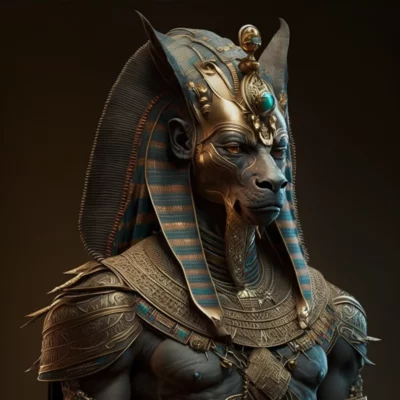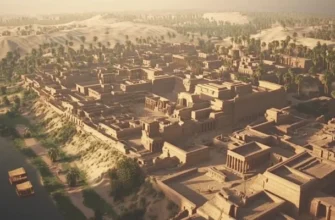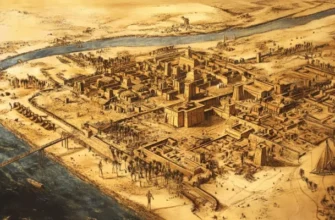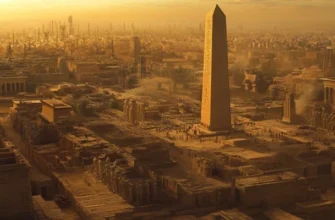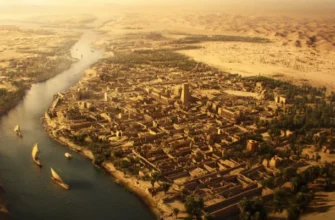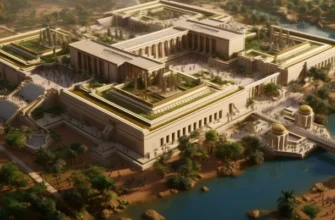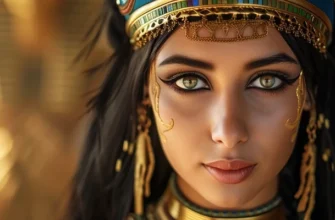Amset is one of the most famous gods in ancient Egyptian mythology. This god is the guardian of internal organs and athletic ability. He is the son of the god Khnum and the goddess Hether, and is depicted with the head of a fox or jackal. He was often depicted with four sons, each responsible for one of the body parts, such as the stomach, lungs, liver, and intestines.
The role of the god Amset in ancient Egyptian mythology
Amset was recognized as the protector of internal organs and sports competitions. His sons are the patrons of four organs: Duamutef – the abdomen, Kebekhsenuf – the intestines, Hapi – the lungs, and Amseti – the liver. Amset also played an important role in beliefs related to the afterlife. It is believed that Amset helped the dead to pass into the afterlife, and therefore his symbolism is often found on sarcophagi and other objects of ancient Egyptian culture.
The cult of the god Amset
Amset had a significant cult in Ancient Egypt and was considered the guardian of mummification. His role was to help mummifiers preserve the organs of the dead. He also played an important role in rites related to the afterlife. Numerous temples were erected in his honor, such as the Temple of Amset in Dendera, and his images and symbolism were used in rituals and magic.
Modern parts of his body have become popular in tattoo and jewelry designs.
Symbolism of the god Amset in the modern world
Although the cult of Amset is ancient, its symbolism remains popular today. His image can be found on various products such as jewelry, figurines, magnets, toys, and other souvenirs. It is also a popular motif in tattoo design, with tattoos of Amseth on the left shoulder often associated with health and well-being. In the modern world, its symbolism remains popular not only among fans of ancient Egyptian culture but also among a wide range of people who value it as a symbol of health and protection.
Conclusion.
Egyptian god Amset is an important figure in ancient Egyptian mythology and had a significant impact on the culture and art of this era. His role as a guardian of the internal organs and patron of ill health remains relevant today, and his symbolism continues to live on in popular culture and art.
He played an important role in beliefs related to health and the afterlife. The cult of Amset had a great influence on ancient Egyptian culture and art. To this day, he remains popular in the world of pop culture, and his reverence continues to live on in museum collections.
